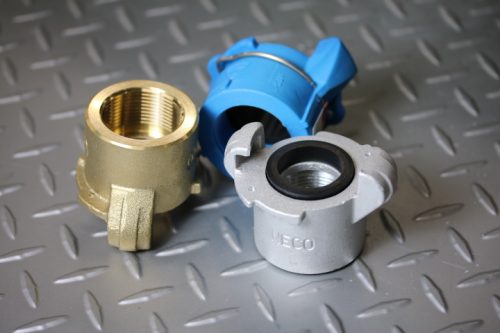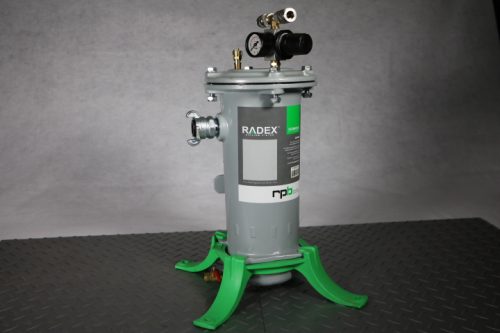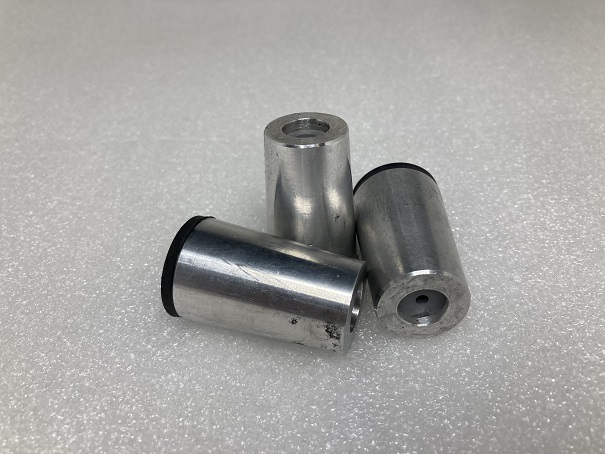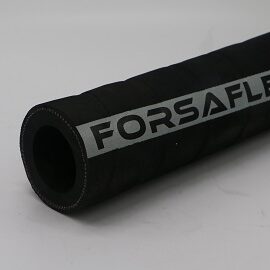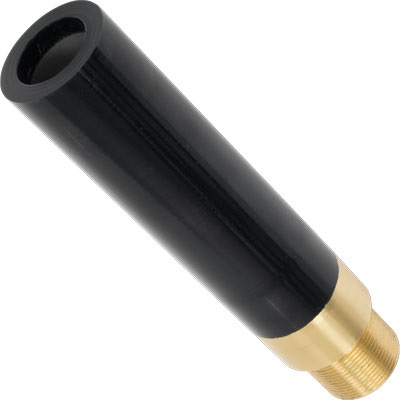No products in the cart.
Threaded Quick Coupling
$7.67 – $21.48
The Threaded Quick Coupling or Nozzle Quick Coupler looks like a tank coupling, but is used like a nozzle holder. Most importantly, the big difference is the NPS (national pipe straight) threads instead of the NPT (national pipe taper) threads….
Continued In Description Below
Social Share
Description
The Threaded Quick Coupling or Nozzle Quick Coupler looks like a tank coupling, but is used like a nozzle holder. Most importantly, the big difference is the NPS (national pipe straight) threads instead of the NPT (national pipe taper) threads. These Couplings come in nylon, aluminum or brass construction for 1-1/4″ straight threads nozzles or 2″ (50mm) Contractor threads. Watch the informative video below for more information.
Info on the Threaded Quick Coupling:
- The aluminum quick coupling is known as number AL-SB-1S. Use our BCG-1 for a replacement gasket. Can tolerate up to 150 PSI.
- The brass quick coupling is known as number BR-SB-1S. It has a PSI rating of 175.
- The nylon quick coupling is known as number NY-SB-1S. Use our NCG-2 for a replacement gasket. Rated for 125 PSI
- The nylon quick coupling for contractor threads is NY-SB-1M.
Although it looks like a threaded tank coupling, the nozzle quick coupling has straight threads to screw your nozzle into. Therefore, any of our 1-1/4″ standard thread nozzles will work with these couplings. If you have contractor thread nozzles instead, we also have a quick coupling for that!
Please do not try to interchange it with an actual tank coupling; Tank couplings have tapered threads and you will end up with a gap between the coupling and nozzle. This will wear out the coupling prematurely. The biggest advantage of the quick coupling is you can quickly add extra lengths of hose and simply twist your nozzle and quick coupling back on without having to switch out nozzle couplings and hose couplings.
OEM Equivelant (all 1-1/4 thread unless noted):
- Clemco 00592, 10806, 00552, 07719 (contractor)
- Schmidt 4214-307-01, 4214-407-01
- Trinco 9-02031, 9-2031
- A-BEC 187-5002
- IDS SB-1S-NY, SB-1S-AL, SB-1S-BR
- Axxiom 4214-407-01, 4214-307-01
- U.S. Filter 4214-407-01, 4214-307-01
Blue Dog Blasting SKU #’s:
- 17-101 Aluminum quick coupling 1-1/4″
- 17-201 Brass quick coupling 1-1/4″
- 15-513 Nylon quick coupling 1-1/4″
- 17-502 Nylon quick coupling 50 mm.
Need more information about our couplings? Check out our coupling article from the learning center.
Additional information
| Weight | N/A |
|---|---|
| Dimensions | N/A |
| Variants | (17-101) 1-1/4" Aluminum, (17-201) 1-1/4" Brass, (15-513) 1-1/4" Nylon, (17-502) 50 mm Nylon |
Review Title
- Rating
$481.00 – $922.32
$91.50 – $1,530.00
$389.98 – $389.99

